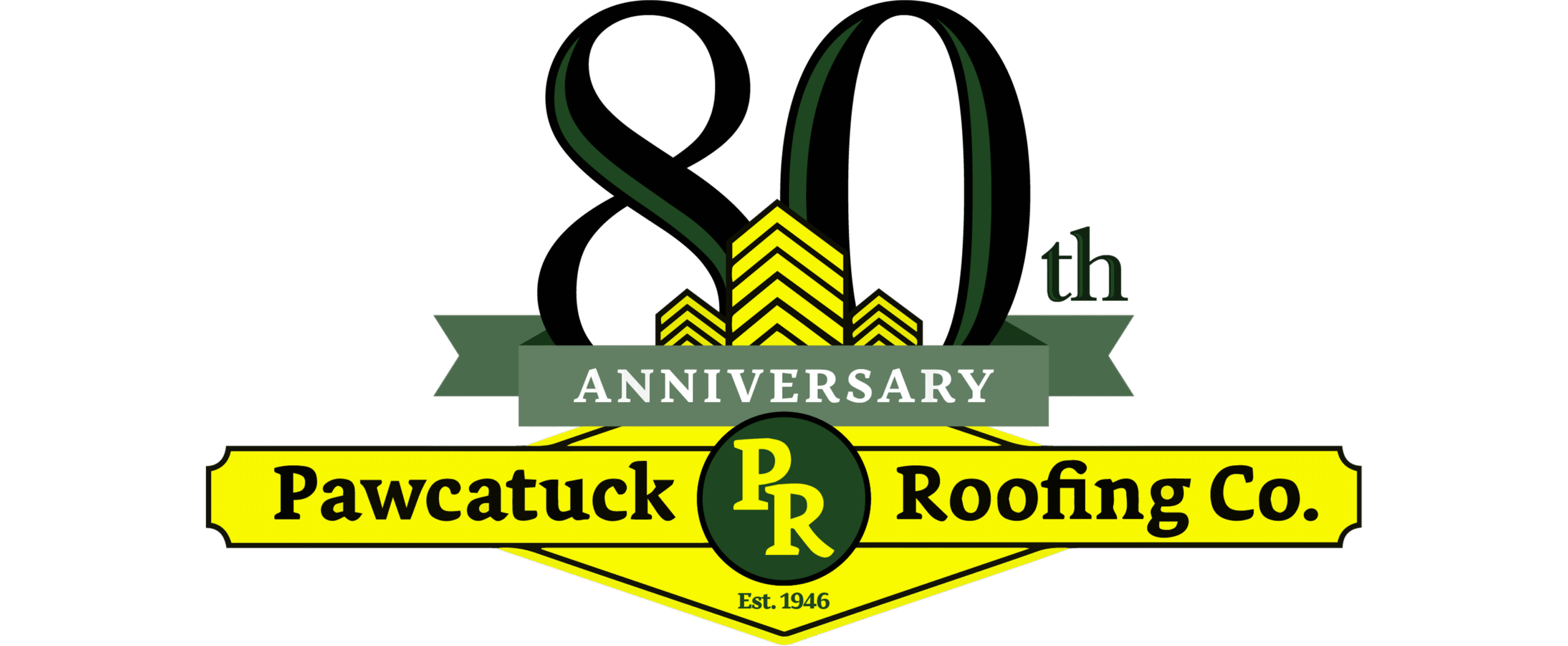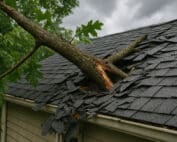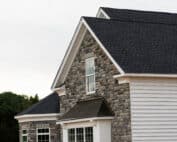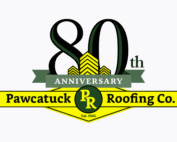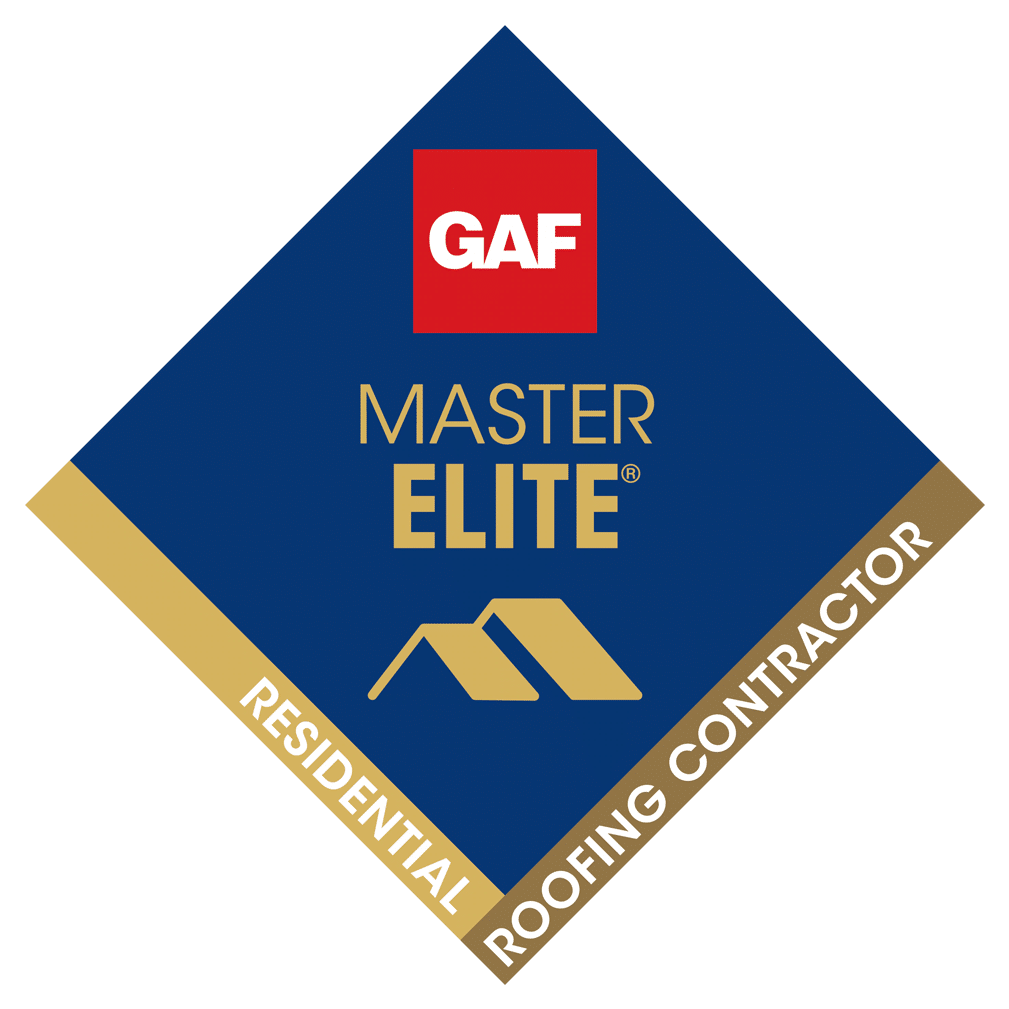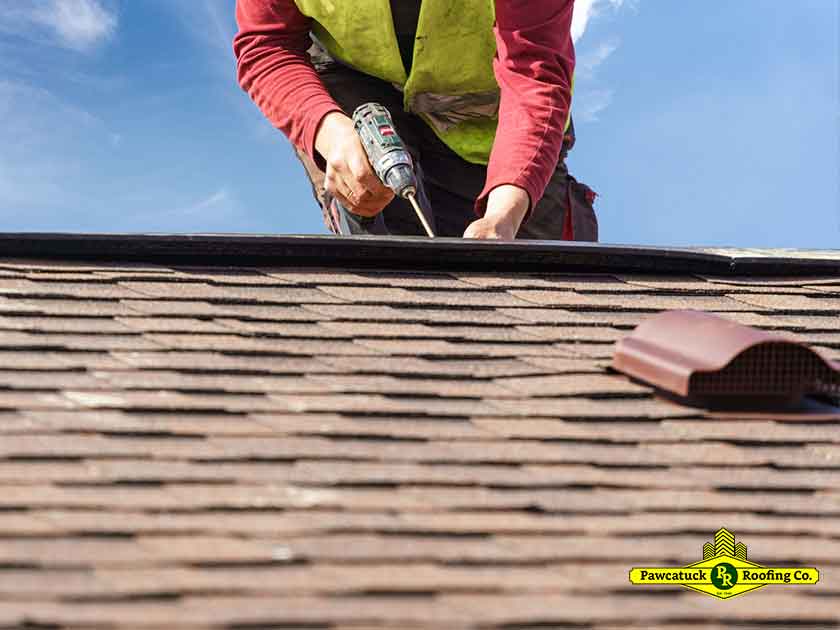
A Homeowner’s Guide to Roof Ventilation
The Risks of Poor Ventilation
Heat and humidity from daily home activity naturally rise into your attic. Without proper ventilation, that warm, moist air has nowhere to escape—leading to a series of costly and dangerous issues.
Framing and decking, the structural core of your roof, can begin to warp or rot. Insulation can clump and become ineffective, contributing to energy inefficiencies and wintertime ice dams. Mold and mildew may also spread through attic surfaces and even into interior walls.
That’s why Pawcatuck Roofing Company integrates thorough airflow analysis into every roof inspection and emphasizes proper ventilation with all our roofing services. Unlike many roofing companies that surprise clients with hidden costs, Pawcatuck Roofing Company offers transparent, upfront pricing.
Common Types of Roof Vents
Ventilation issues can be corrected during a new roof installation or retrofitted into existing systems. Depending on your roof style and performance needs, your home may benefit from one or more of the following vent types:
Ridge Vents
Ridge vents sit along the peak of the roof and allow warm air to rise and escape naturally. They are among the most common passive ventilation options and are typically covered with shingle-matching caps for a seamless appearance.
If you’re working with a roofing contractor on a new build or replacement, ridge vents are often a standard part of a complete ventilation system.
Roof Turbine Vents
Also called metal pot vents, these passive vents spin to release hundreds of cubic feet of warm attic air per minute. They’re effective in larger homes or climates with high humidity.
Our experienced roofers recommend them when ridge vents alone aren’t sufficient for attic airflow.
Louvered Vents
Louvered vents are low-profile enclosures made of galvanized steel or aluminum. Unlike ridge vents, they can be installed in various areas of the roof to maximize ventilation based on your home’s unique layout.
As one of the most trusted roofing companies in the region, we often install louvered vents during targeted roof repair projects where airflow is lacking.
Powered Vents
These active systems use electric or solar-powered fans to force air out of your attic space. They’re particularly useful in homes where passive systems can’t handle the volume of rising heat.
If you’re considering upgrading to energy-efficient systems or integrating with a metal roofing installation, powered vents offer extra performance and control.
Choosing the Right Ventilation System
The right ventilation system depends on your home’s design, roof material, and personal comfort preferences. If you’re unsure what your roof needs, one of our certified roofing contractors can assess your current setup and make expert recommendations.
Vent locations also matter. We’ll help you find strategic placements that support airflow without affecting your curb appeal.
Contact Pawcatuck Roofing Company for Expert Ventilation Solutions
Don’t let poor airflow damage your home. Trust the experts in residential roofing for inspections, upgrades, and complete roof ventilation solutions.

